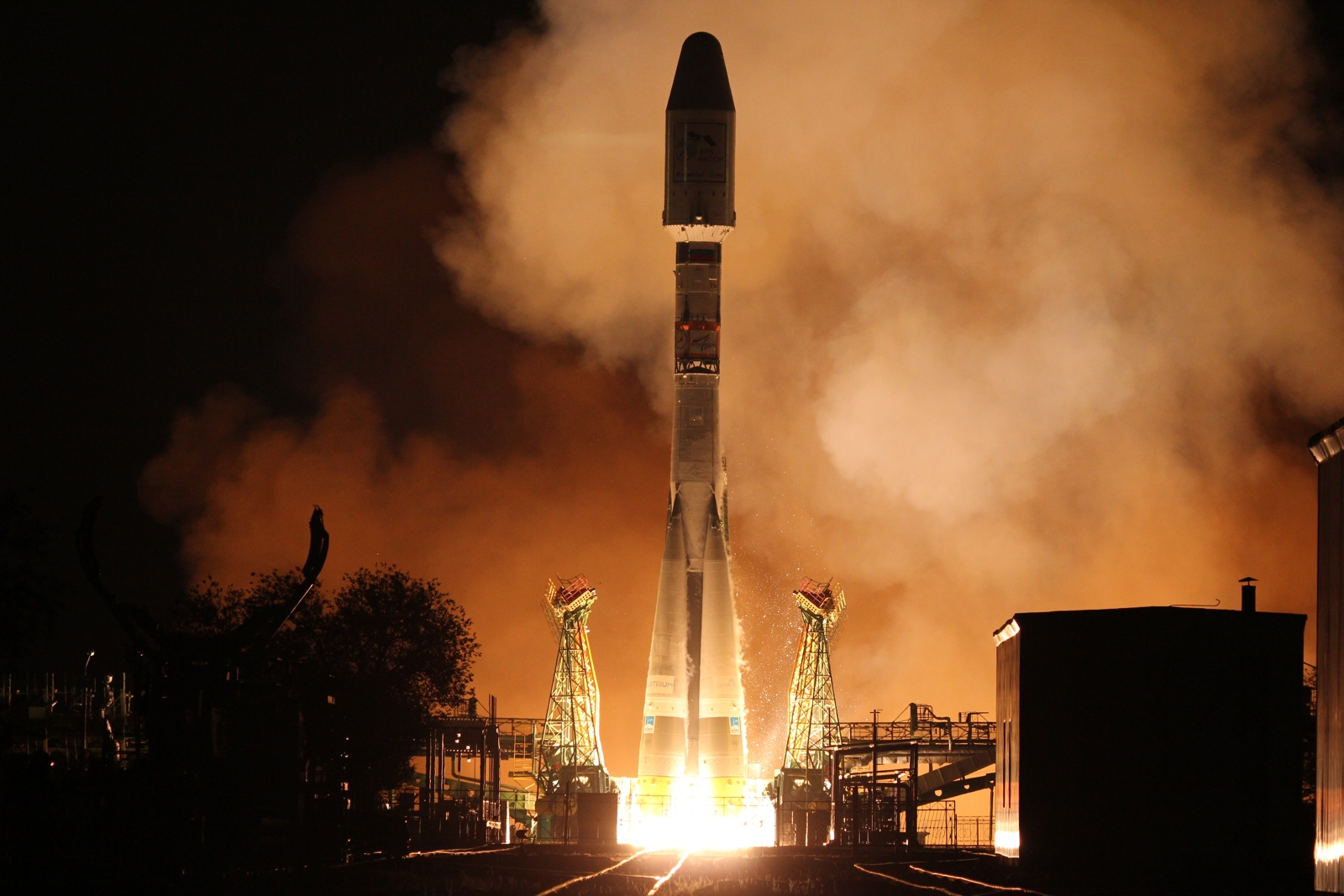
KONGSBERG is the biggest space company in the Nordic countries. Now it is looking for new opportunities in a market which is currently being influenced by commercial forces.
-
Text:OVE RONNY HARALDSEN
-
Ove Ronny HaraldsenGroup Communication Manager
“For the last five years, American technology companies have been experiencing a boost in commercial activities as a result of an increasing interest in outer space. In parallel with this, government investments in space have been falling globally”, states Håkon Haugli, Head of Abelia, the NHO’s (Confederation of Norwegian Business and Industry) Business Association of Norwegian Knowledge and Technology Based Enterprises.
Earth observation, satellite navigation, Mars exploration, unmanned flights, positioning, aircraft landing systems, oil pollution detection and avalanche warning. Data from space benefits mankind and is good business.
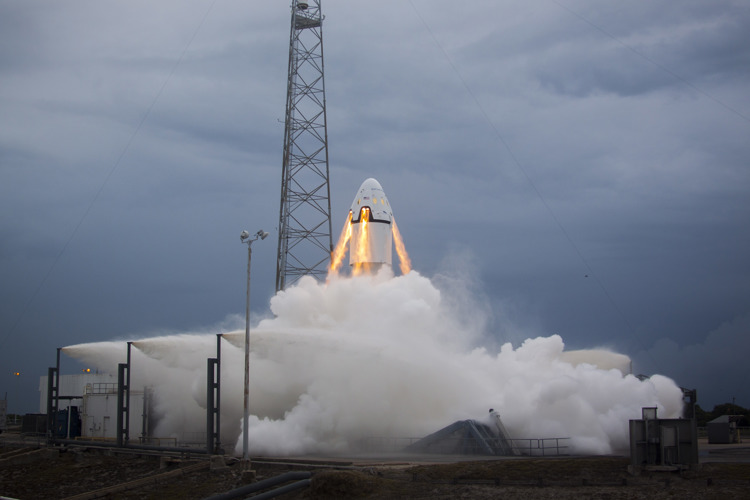
“Internationally, the main talking point is now space innovation. Increasingly, this innovation is being driven by business and industry, and represents a part of the economy that is growing rapidly. On a global basis, it is estimated that this industry is worth about NOK 350 billion”, says Håkon Haugli.
WHAT KONGSBERG IS DOING
Since January 2014, all space activity in KONGSBERG, with the exception of Kongsberg Seatex, has been brought together into a single division called Kongsberg Space & Surveillance. The division is run by Christian Hauglie-Hanssen and is made up of the companies Kongsberg Space, Kongsberg Norspace, Kongsberg Norcontrol IT, Kongsberg Spacetec and Kongsberg Satellite Services (50 % ownership).
The total annual turnover of the five companies is about NOK 1 billion. These companies have given KONGSBERG a presence in every part of the food chain – from launch, satellites and space probes, to the download and use of satellite data.

“This is an broad portfolio of companies. Kongsberg Space has a long history as a supplier of mechanisms for Ariane rockets and earth observation satellites. Kongsberg Norspace supplies various types of electronics for telecommunication satellites. Kongsberg Spacetec develops and sells antennas and equipment to download satellite data. Kongsberg Satellite Services (KSAT) downloads satellite data and sends it to its clients. Kongsberg Norcontrol uses satellite data to monitor ship traffic”, says Christian Hauglie-Hanssen.
CONTROLLABLE SATELLITES
All of the space activity has been brought together into a single division to improve coordination, synergy and image. The goal of this new division is to benefit from new opportunities in the market. In simple terms, the current space market can be divided into three areas: Scientific programmes and earth observation, commercial telecommunication and navigation. All satellites require equipment and services to control, download and process satellite data.
“At first, the synergy will revolve around testing, procurement and production. The market we are aiming at is extremely diverse, but we are looking at potentially coordinating the companies within the market segment”, says Christian Hauglie-Hanssen.
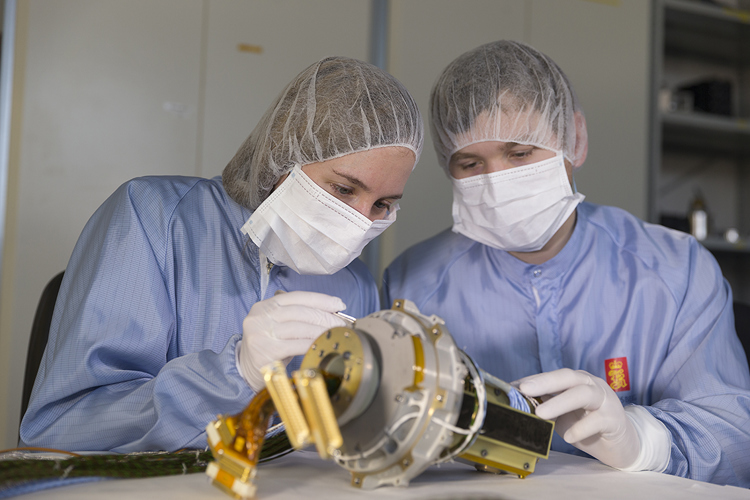
“What are the prospects for the market?”
“Since the financial crisis, the countries of southern Europe have significantly reduced their space budgets, which means that most of the activity has been focused on northern Europe. The European Space Agency has experienced flat growth. In the telecommunication market, the number of satellites launched has remained steady, at about 25 per year. What we are seeing is a steady increase in the need for capacity and flexibility. New satellites must have a functionality and modularity that enables them to be adjusted once they are in orbit. This is what the focus is on in technology development”, states Hauglie-Hanssen, taking Kongsberg Norspace as an example.
“Norspace has developed the Second Generation Command Receiver Rx2. This unit sits on board the satellite and receives control signals from earth. It offers the satellite operators the flexibility they require, and enables them to move satellites into different orbits.
INNOVATIVE ANTENNA POINTER
One of the programmes on which several of the companies in the division are working towards is MetOp Second Generation. MetOp-SG is a new generation of European weather satellites in polar orbit. It features a total of six satellites, which will come in two series: The A-series with optical instruments. The B-series with microwave sensors. The A-series will be launched in 2021, while the B series will be launched in 2022. The programme has been developed by the European Space Agency and EUMETSAT.
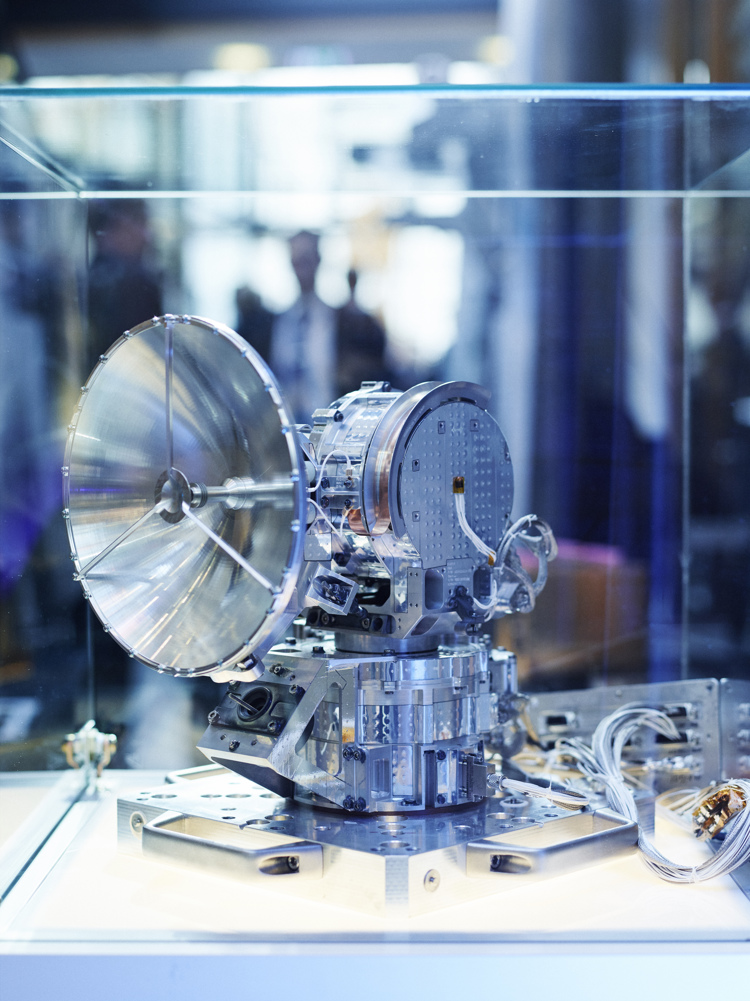
A polar orbit means that the satellites move around the earth above the poles. Now Kongsberg Space is developing the antenna pointer that will broadcast weather data back to earth when the satellite passes over the polar regions where KSAT has its satellite receivers.
“This is an antenna pointing system. It is the mechanical control of an antenna that ensures the antenna remains aimed at the ground station as it passes over it. This makes it possible to reduce the width of the radio beam that is being sent down to earth. It reduces disruption and enables a wider bandwidth”, explains Stig Sælebakke, Head of Marketing at Kongsberg Space.
Kongsberg Space also supplies the mechanism that will align the satellite’s photovoltaic panels with the sun to supply the satellite’s power pack. In autumn 2015, Kongsberg Space began expanding its workforce, taking on 15–16 new employees as a result of new contracts.
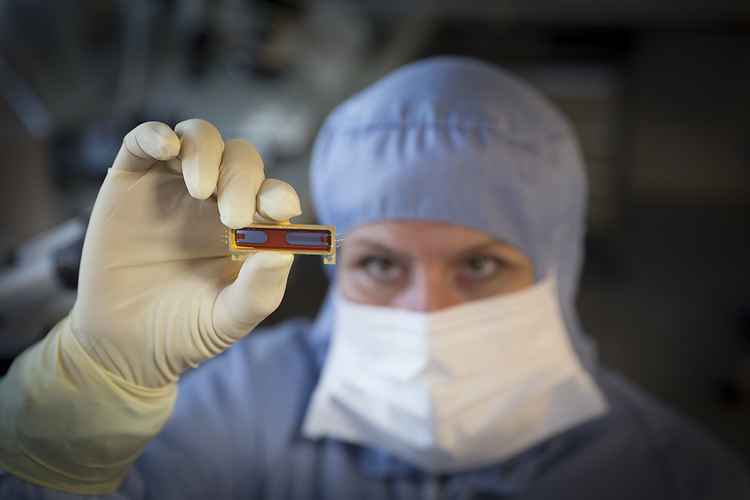
Kongsberg Norspace is supplying what are known as Back End Electronics for the Micro Wave Sounder (MWS) instruments on MetOp.
“The MWS instrument will measure temperature and humidity profiles in the atmosphere. Our equipment filters and detects these signals within a given frequency band, and is absolutely vital for the instrument’s accuracy”, explains Øyvind Andreassen of Kongsberg Norspace.
SPACEX AND ELON MUSK
As mentioned above, commercial forces are becoming an important presence in the space industry. Leading the way is the American company SpaceX. The company’s aim is to reduce the costs of sending loads up into space, and also to improve safety. SpaceX is developing a family of partly reusable two-stage rockets that are fuelled by a mixture of paraffin and liquid oxygen.
Among the visions of the founder Elon Musk, also known to us as the founder of Tesla, is the colonisation of Mars and the global Internet. In June 2015, SpaceX asked the American authorities for permission to begin tests on the latter. The project’s aim is to construct a constellation of 4,000 satellites which could provide the entire world, even remote areas, with high-speed Internet.
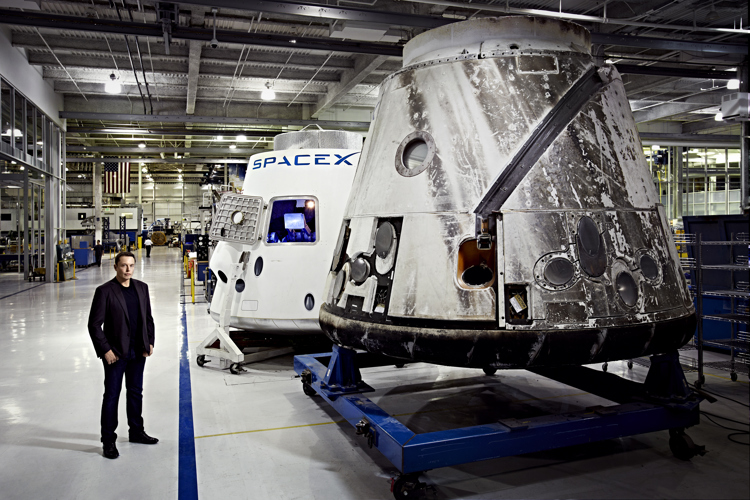
“SpaceX envisages small satellites in low orbits that fall back into the atmosphere after only a few years. There are many challenges to be overcome before something like this can be made into a reality, but for KONGSBERG, the trend towards smaller satellites with shorter lifespans is extremely interesting. We have a production method that is suitable for high volumes, which means that it is important for KONGSBERG to keep a close eye on developments and try to get involved with projects at an early stage”, says Christian Hauglie-Hanssen.
SpaceX is just one of several companies that is currently working on ideas for global Internet access. OneWeb, with Richard Branson at the helm, also has ongoing projects which have the same objective.
MAKING KONGSBERG EXCITING
The process of combining Kongsberg Space and Surveillance into one single division is still in its early stages. Gradually, a common identity will be developed that all five of the companies will share. Employees will create inter-company contacts and identify areas which will benefit from collaboration. Christian Hauglie-Hanssen believes that the company’s space activities will benefit KONGSBERG in many ways.
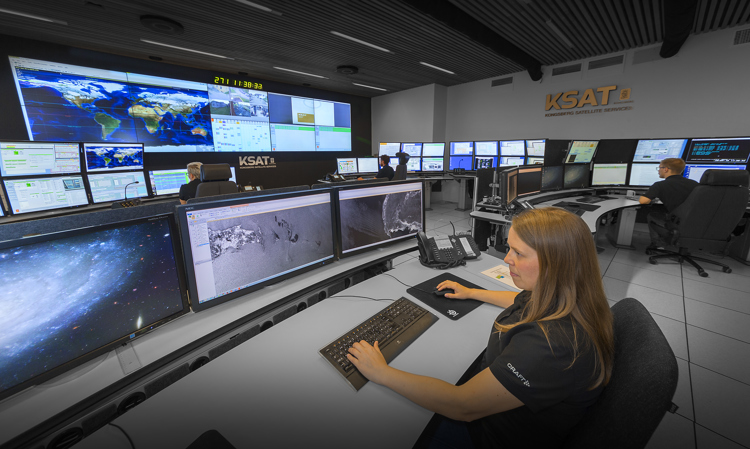
“Space activities represent something special within the broad technology portfolio that we have at KONGSBERG. It is a technology segment that is viewed with extreme positivity in the market. People think that space technology is exciting, and from that point of view, it is an appropriate and important part of KONGSBERG’S total portfolio”, concludes Christian Hauglie-Hanssen.


